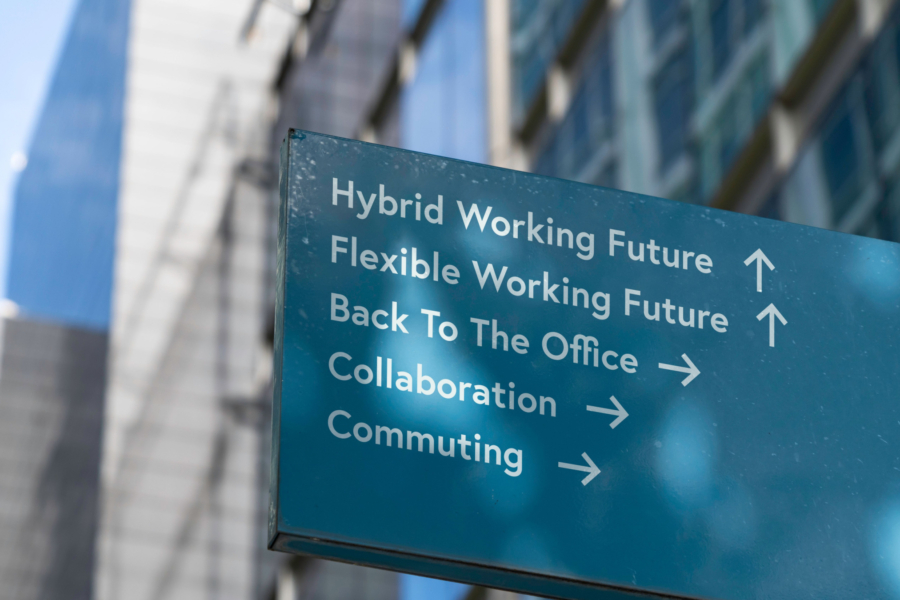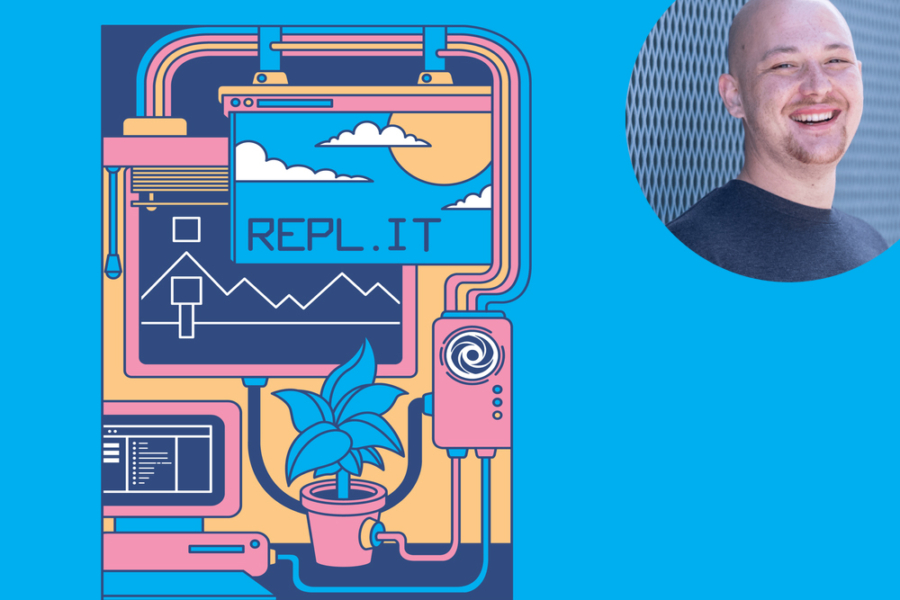Return to office remains an ongoing debate. Lately, employers have been mandating stricter in-office policies even as employees have become accustomed to more flexible arrangements at home. Finding the balance between flexibility, productivity and team culture is a complex calculus, and what the “right” configuration looks like will vary for everyone.
It’s a question that we, along with our portfolio companies, have been exploring deeply. Last year, we surveyed our founders about their work configuration and recently shared the anonymized results. Startup guru and Stanford professor Steve Blank also discussed the findings and opined on why startups with in-office expectations may be seeing more growth.
In a recent AMA with our portfolio, we invited three founders of startups at different stages and geographies to share their experiences:
- Michel Mosse, Co-Founder and CEO of Owners, a platform for entrepreneurs to start and grow home services businesses.
- Omar de Silva, Co-Founder and Co-CEO of FourthRev, a provider of digital skill training in partnership with leading tech platforms and universities.
- Eli Ross, COO of Brilliant, which offers interactive courses for students and adults in math, science, and computer science.
Owners
Work Configuration: Office
Offices: New York, Buenos Aires
Stage: Pre-Seed
Michel Mosse is a firm believer in the importance of being together in the same place, particularly at the earliest stages in the startup journey:
“A lot of pre-product-market fit is like playing sports. With new teammates, or when playing a new sport, if you’re working out or practicing alone, it doesn’t work.”
Today, the marketing, sales, onboarding and customer success teams go in five days a week in the Buenos Aires office. That wasn’t always the case. Last year, these teams spanned other countries, and it was hard at times to get everyone in sync. Sales sometimes brought in more clients than the onboarding and customer success teams could support, for instance. They’ve since consolidated these groups and “we’ve seen increased velocity across these teams because everybody is in the same place,” shares Mosse.
He stressed the importance of setting clear expectations about working in-person from the get-go, especially at the hiring phase. “We recognize that people have gotten used to a way of living and working. It’s important to have everyone on the same team in the same office. It’s up to the team to convince them of the value of their office. Leadership needs to be bought in.”
That lesson starts at the top. Mosse is based in New York, while his co-founder Ed Escobar was in Miami. They used to fly to each other on a monthly basis, but realized that many of the things that required a call, meeting or a trip could be resolved over coffee or lunch.
Escobar will be joining Mosse in New York where he had been working out of one of their investor’s offices. But they will soon be getting their own space. Seeing clients in-person is important to building and nurturing relationships, and their space will also be available to them to work from.
FourthRev
Setup: Default Digital
Offices: Melbourne, London, Cape Town
Stage: Series A
Omar de Silva and his co-founder Jack Hylands started FourthRev from a co-working space in Melbourne in May 2019, both going in several days a week. The plan though was always for Jack to move back to the U.K. and for the company to be primarily remote, operating across the two countries.
“Because we were already very asynchronous and working across inconvenient time zones, it didn’t matter where the next person would come from,” says de Silva. As it turns out, they found a pool of tech talent based in Cape Town in South Africa, which is now their third primary hub.
Today, there are employees across 11 different time zones. People set their own working hours as long as their team performance doesn’t suffer, and enjoy unlimited leave. They have access to co-working spaces in their respective locations. Within each region, the teams organize quarterly in-person get-togethers.
Key to making this flexible environment work for a startup is establishing shared norms and expectations. “We want people to enjoy their work, do their best job, stay healthy and stay happy. Enabling flexibility lets them do that,” says de Silva. FourthRev recently won an industry award for workplace flexibility.
“The challenge is enabling people to do work in the way that they feel more confident,” de Silva adds. Different teams prefer different tools to do their work well, but if you can create the norms which can enable this for the company, everyone wins.
With great flexibility also comes great responsibilities, which the founders make clear for every new potential hire. Odd hours are not uncommon. “Your leadership has to be leaders of the method,” says de Silva. “For Jack and I, there are early mornings and late nights. That isn’t ideal. I’m a morning person, but I’ve had to accept the night shift. Without us demonstrating the behavior it takes, it doesn’t work.”
Brilliant
Setup: Flexible Hybrid and Synchronized Hybrid
Offices: San Francisco HQ, with coworking in NYC
Stage: Series C
Before COVID, Brilliant’s team was largely in San Francisco and most people worked in the office five days per week. As the proportion of remote employees grew during the pandemic, the company re-opened its office in 2021 with a new hybrid-oriented approach.
Initially, SF-based employees came in twice a week (some opted to come in all five days); remote team members were invited to quarterly team onsites and a mandatory annual company-wide retreat. While largely successful, this approach didn’t always get as much value as possible out of the in-person time.
In particular, with much of the company outside of SF, folks could sometimes find themselves “commuting to Zoom” — coming into the office only to spend most of the day meeting on screens. At the same time, some remote team members weren’t coming together in person as much as they could be.
That led the company to tweak its configuration to maximize the value and consistency of in-person time. For the SF team, many continue to come in at least on Mondays and Thursdays; all are expected to show up for all-hands meetings. For remote employees, quarterly team on-sites are required (and are proactively scheduled and planned for), and there are clear expectations that there may be additional ad hoc in-person time, particularly for certain employees. They are also building a more permanent New York presence.
Key to making this work is having clear documentation around work expectations. (For instance, when does a Slack note require an immediate versus next-day response?) Brilliant also maintains “core working hours” to facilitate live collaboration, during which everyone at the company is online regardless of timezone. The team is also firm on the value of in-person time, especially when working on planning and creative work; breakthrough ideas have often come from folks being in the same room.
While investing in both the in-person and remote work experiences, the company doesn’t believe in either a “hardcore” remote or in-person-first approach. “We’re not going to make people come into the office just to take calls in a phone booth, and we also don’t imagine a world in which we do trailblazing creative work only through a screen,” says Eli Ross.
The arrangement has been working so far. Brilliant has enjoyed off-the-charts employee retention, and the talent pool is better than ever, Ross adds. “In addition to the top-tier folks across diverse geographies, we are also increasingly finding and attracting people who want to spend time with their colleagues in an office, which is no longer possible at many companies.”






